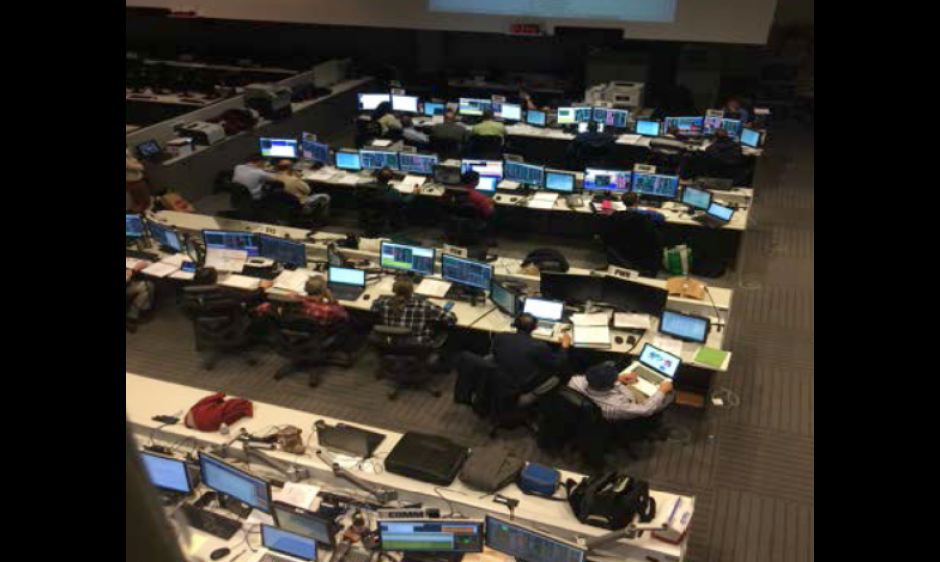
DSCOVR - Update on its journey to L1
DSCOVR is just over one quarter of the way to its final orbit, which will be reached on June 7.
Thanks to a flawless launch by Space-X, DSCOVR is on a near ideal trajectory that has required minimal adjustment. The next major event is a short Mid-Course Correction thruster firing scheduled for April 22. In the meantime, the space weather instruments have been turned on and initial checkout shows all are performing well. Inter-comparison with the ACE and Wind satellites and calibration tasks are continuing with NASA, the Harvard Center for Astrophysics, NESDIS, and SWPC all eagerly looking at the data as it comes in. DSCOVR will be handed over to NOAA in the summer.
The image shows the NOAA Satellite Operations Facility Launch Control Room facility in Suitland, MD.